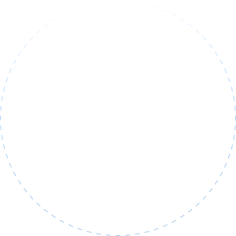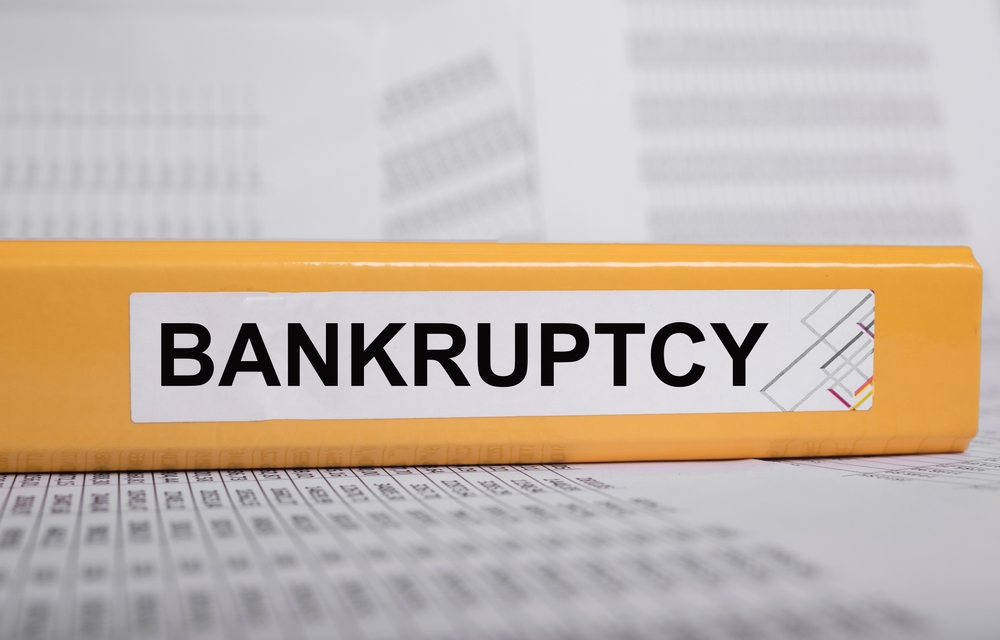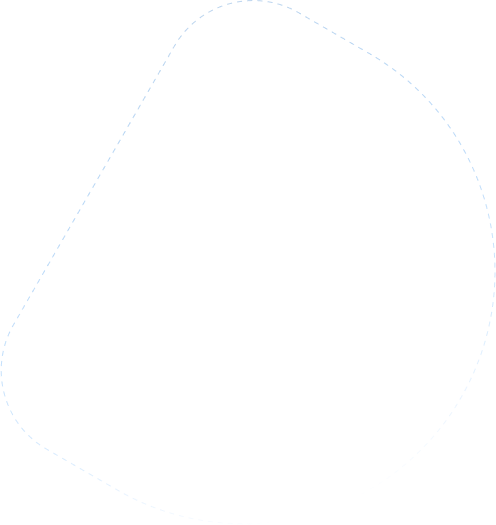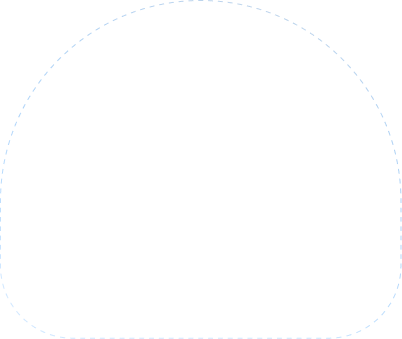If you are struggling with bills and do not see a way out of crushing debt, you might start to look into bankruptcy options to get control over your financial situation. Through your research, you may have already discovered that there are two types of bankruptcy for individual filers under the US Bankruptcy Code. Chapter 7 bankruptcy discharge allows you to eliminate qualifying debt, while Chapter 13 offers a way to reorganize your debt into a payment plan. With both, you emerge from bankruptcy without the burden of debt.
However, there are critical differences between Chapter 7 and Chapter 13 that could affect your decision with bankruptcy. Eligibility is an important initial consideration that you cannot change, but there are other facts you need to know. You may not be able to protect certain assets during bankruptcy, and the implications for your credit report vary.
With the numerous factors to review in deciding on bankruptcy, it is smart to get advice from a knowledgeable attorney. You need to understand the preparation, the filing process, and the steps in the proceedings. Most importantly, you must be clear on what happens to your debt through Chapter 7 and Chapter 13. Consult with an Arizona bankruptcy lawyer for specifics, but some background gives insight on which type is right for you.
Comparing Two Types of Individual Bankruptcy
Chapter 7 is called bankruptcy discharge because it wipes away debt when the process concludes. During the proceedings, a bankruptcy trustee is in charge of your property because it becomes part of the bankruptcy estate. The trustee will evaluate all real estate and personal property, specifically assessing exempt versus non-exempt assets. The bankruptcy trustee can sell non-exempt items to satisfy your debt, which is why Chapter 7 is also referred to as liquidation bankruptcy. In practice, many people who file for this type of bankruptcy will not lose assets. The trustee will abandon items that are not worth much in value or would be too burdensome to sell.
Chapter 13 bankruptcy works differently, because you are required to pay back some of what you owe to creditors. With help from a bankruptcy attorney, you prepare a proposed debt repayment plan. All of your debts are wrapped up into a single payment, which will be calculated according to your discretionary income. The point is to ensure the monthly payment is something you can afford to pay over the debt repayment period, which is either three to five years. Most remaining debts are discharged at the conclusion of the case. With Chapter 13, the bankruptcy trustee will not be selling off your assets.
Eligibility Rules for Chapter 7 in Arizona
Eliminating your debt through bankruptcy discharge will mean a loss for creditors, so bankruptcy rules are strict on eligibility. They aim to make sure you truly cannot afford to pay your bills, so your income is the focus. There is a two-step process for determining whether you qualify to file Chapter 7:
- Income Level: Your current monthly pay is compared to the Arizona median income for a family of the same size as your household. You will be reviewing your average income for the six months before you file your bankruptcy petition. If your income is equal to or less than the median, you qualify for Chapter 7.
- The Means Test: If your earnings are above Arizona’s state median income, there is a second analysis to determine if you are eligible for Chapter 7. The Means Test measures whether you can repay some of your debt considering your disposable income. This is the amount of your paycheck that you have left over after paying monthly living expenses.
When you do not earn enough in disposable income to pay unsecured debts, you will satisfy the Means Test and qualify for Chapter 7. Unsecured debts are those that have no collateral attached, such as credit cards, medical debt, and personal loans.
Chapter 13 Eligibility
For those who do not meet the criteria for Chapter 7, filing for Chapter 13 bankruptcy organization is an option. Plus, even if you do qualify for Chapter 7, you may opt for Chapter 13 because you want to protect assets from being sold off to satisfy debts. Non-exempt property could be liquidated in Chapter 7, so you could lose cash, bank accounts, investments, a second home, vehicles, heirlooms, and many other assets.
To be eligible to file Chapter 13, the criteria include:
- You cannot have debt that exceeds a certain amount. The US Bankruptcy Code has established a limit of $1,395,875 for secured debt, such as your home mortgage, car loan, or other loans that have collateral attached. The limit for unsecured debt is $465, 275.
- Your income is also important for Chapter 13 because the bankruptcy court wants to ensure that you make enough to meet the requirements of your debt repayment plan. If your earnings are too low to make the bankruptcy payments on top of other monthly bills, your plan may not be approved.
- Chapter 13 is only available for individuals, not businesses. However, a person who runs a company as a sole proprietorship could qualify for Chapter 13 debt reorganization.
Basic Legal Steps in Arizona
The process for both Chapter 7 and Chapter 13 is similar in the early stages of the case, but there are some key differences. You actually start the proceedings well before you open your case, because you are required to take a credit counseling course within the six months prior to filing. You will receive a certificate of completion when finished, and you will need to retain it for the process.
To begin the process, you will file a bankruptcy petition for the type of bankruptcy you seek. Once you submit your documentation, the automatic stay on creditor actions kicks in. Creditors must cease all efforts to collect, including phone calls, wage garnishments, repossession of vehicles, and foreclosure. From there, the basic legal steps include:
- Chapter 7: The bankruptcy trustee assigned to your case will review all supporting documents about your financial situation, including bank statements, and tax records. The court will schedule a 341 meeting that creditors can attend to provide input, if any. If you have non-exempt property that would make a profit, the bankruptcy trustee will liquidate it. Then, the case concludes within 4 to 6 months, and you emerge debt-free.
- Chapter 13: You must submit your debt repayment plan within 14 days after filing your bankruptcy petition. Plus, you will need to start making payments the month after you file for Chapter 13, even if your proposed plan has not yet been confirmed by the bankruptcy court. There will be a 341 meeting, where you, the trustee, and creditors will resolve any issues with the plan.
After the 341 meeting, there will be a confirmation hearing in the bankruptcy court. The court will review your repayment plan and listen to any objections by creditors. Then, the judge decides whether to approve your plan. A Chapter 13 case lasts either 36 or 60 months, which is the time period for the debt repayment plan.
Benefits of Filing for Bankruptcy in Arizona
One of the most important advantages is the automatic stay on creditor efforts to collect the debt. From the moment you file, they must cease all legal actions and communications. However, some of the other benefits will have a positive impact:
- Chapter 7 leaves you debt-free, while Chapter 13 will discharge most of your debts when you complete the repayment plan.
- The requirements for credit counseling offer you an opportunity to learn details about debt, interest, and budgeting for your household. You educate yourself to avoid spending beyond your means and getting into trouble with debt in the future.
- With Chapter 13, you can protect non-exempt assets that would be sold off in Chapter 7.
- Though Chapter 7 and Chapter 13 will remain on your credit report for 10 and 7 years respectively, you no longer live with the burden of debt. The emotional relief is satisfying.
Getting Legal Help with the Bankruptcy Process
An Arizona bankruptcy lawyer is an essential resource when determining which type of bankruptcy is right for you, an important consideration before you even start the process. You will need assistance with eligibility for Chapter 7, particularly the Means Test and exemptions. It is also important to understand why you might have to go through Chapter 13 and whether it is the better option when you qualify for both.
Legal representation is also crucial for important tasks in a bankruptcy case, including:
- Coordinating the credit counseling session within 180 days before you file your petition;
- Collecting and organizing all relevant financial documents for a Chapter 7 or Chapter 13 petition;
- Analyzing all exempt and non-exempt assets;
- Communicating with the bankruptcy trustee;
- Attending the 341 meeting of creditors;
- Objecting to creditor claims that are not valid or verified, so they can be excluded from the bankruptcy process;
- Preparing your proposed debt repayment plan for Chapter 13, as well as modifying it based upon input from the bankruptcy trustee and creditors; and,
- Attending the final hearing for a Chapter 7 discharge or Chapter 13 reorganization.
Speak to an Arizona Bankruptcy Attorney About Your Options
It would be easy if there was just one form of bankruptcy, but you have to make important decisions about your future when considering Chapter 7 or Chapter 13. For more information about your options and eligibility, please contact DebtBusters in Scottsdale, AZ. You can set up a free consultation with an experienced lawyer by calling (866) 223-4395 or visiting our website. After reviewing your circumstances, we can get into more detail about which type of bankruptcy is right for you.
Related Content: Can I Keep My Retirement Savings in Bankruptcy?

